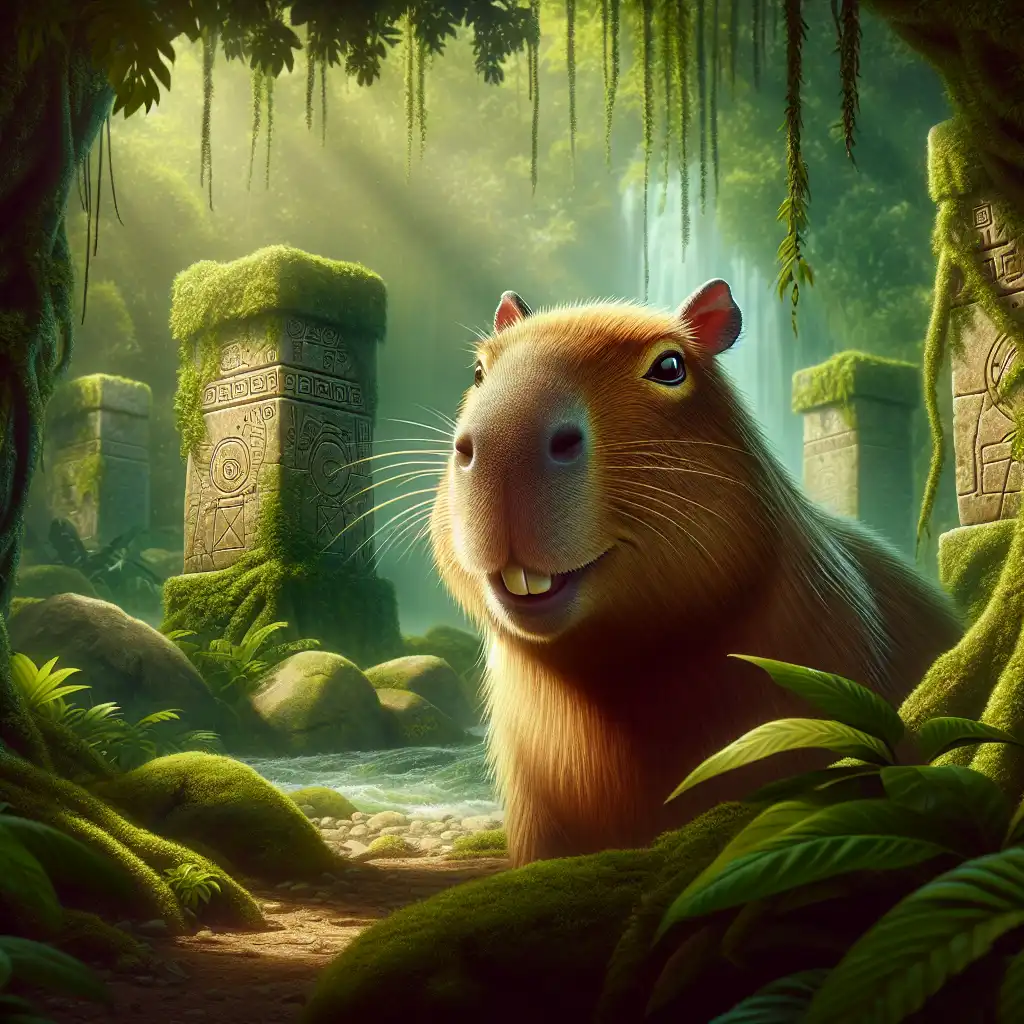
Capybara
Size Perception
Understanding 'large' alongside 'rodent' helps grasp the unusual size of capybaras compared to other rodents.  In the zoo, the capybara's size surprised people who expected a common small rodent.
In the zoo, the capybara's size surprised people who expected a common small rodent.
Geographical Habitat
Knowing it's native to South America implies it's not found in the wild elsewhere, which is sometimes misunderstood.  Travelers to South America often hope to spot a capybara in its natural surroundings.
Travelers to South America often hope to spot a capybara in its natural surroundings.
Cultural Symbol
Capybaras are often a part of South American folklore and can symbolize various local myths.  The capybara appears in several South American stories as a clever animal.
The capybara appears in several South American stories as a clever animal.